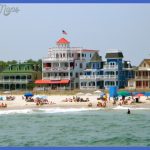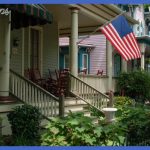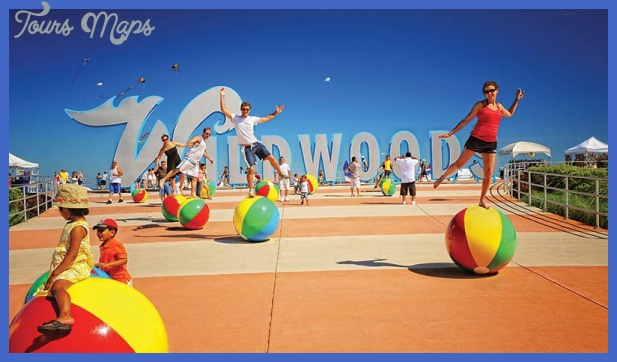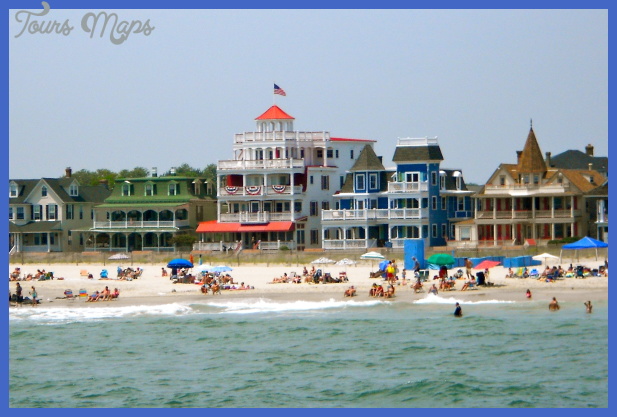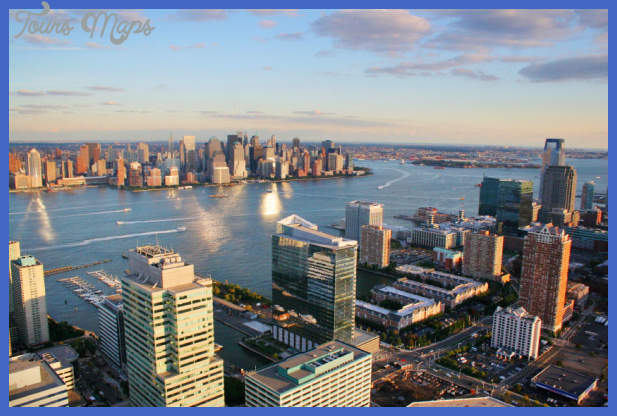New Jersey cultural contributions
Cultural practices in music, dance, art, health, and recreation have been of great value not only to Latinos but also to many others in New Jersey. Music and dance have been enjoyed in homes, at parties, and in clubs. Reggae, dancehall, salsa, calypso, makossa, samba, lambada, mariachi, and soca are among the most popular Latino rhythms in New Jersey. Several clubs across the state feature Latino music for example, Caribe in Paterson, Deko in Sayerville, El Tropical in Passaic, Drana in Fairview, Red Parrot and New Jersey Salsa in Bloomfield, Club Cubano and Terminal One in Elizabeth, Sen Latino in Union City, and Tribecca in Fort Lee. The music is performed by migrant musicians or through recordings by artists from abroad. Migrants and locals listen to Latino music on the radio and television. Latino sounds have had an impact on mainstream popular U.S. music.
Latino American art has been shown at Rutgers University and Ramapo College, in galleries in Jersey City and Newark, in many libraries, as well as in other institutions in New Jersey. There are a variety of Latino cultural and social clubs in New Jersey from the Spanish American Cultural Association in Bergenfield
to Club Cubanos in Newark and Liceo Cuban Jose Marti in Union City. A Spanish-language newspaper, La Tribuna, is published in New Jersey. Latinos in the state also read numerous other publications from New York, across the Hudson River.
Latinos from different backgrounds hold events to celebrate holidays from their country of origin. Peruvians commemorate independence from Spain in July with a parade of floats, music, and folkloric dancing that starts in Passaic, moves through Clifton, and culminates in Paterson. This six-mile procession draws tens of thousands of viewers. Preparation for the parade begins in February, and it involves fund-raising dances and parties, and float building, all of which bring together people of Peruvian heritage Amerindians from the Andes, coastal Spanish, mestizos, and those of African, Japanese, and Chinese ancestry. The parade also includes Andean musicians playing pre-Columbian panpipes, Spanish guitar players, and the dancing of the African Peruvian festejo.
Colombians celebrate the independence of their country with a one-day festival in Foschini Park in Hackensack. Mexicans commemorate Cinco de Mayo, which celebrates a military victory that drove the French army out of their country in the 1860s. Additionally, there is a Puerto Rican festival in Newark, a parade and ethnic performances in Paterson, and a statewide Puerto Rican parade. Some Trinidadian and other Caribbean migrants partake in the Labor Day parade and festivities held on Atlantic Avenue in Brooklyn. And on a smaller scale, Latinos celebrate Mardi Gras in various places.
Many Latinos have been active as participants and as spectators in sports in New Jersey. Soccer has gained the greatest attention. There are numerous soccer clubs, and many Latino youths play on high school and college teams. Baseball also has much support from many Latinos, particularly those from the Dominican Republic, Puerto Rico, and Cuba. Young Latinos play on ball fields throughout the state, and they are active on many school teams, being even leaders on some, such as the Vineland High School team. They also have representatives on professional teams, including the major leagues. In many ways baseball in New Jersey has become very Latino, as many Latinos enthusiastically attend and watch games on TV.
In the field of health some Latinos rely on folk medicine from African and Native American cultures. There has been much practice in New Jersey of traditional Afro-Caribbean folk medicine, with its use of herbs, mercury, amulets, and shamans. A wide variety of herbs are available in botanicas and other ethnic Latino stores. Rose water is used for nerves, shark oil for flu symptoms, cordial de monell for teething, and anise for nausea. Botanicas are found in Newark, Jersey City, Passaic, Union City, Elizabeth, and other places in New Jersey.
As expected, culture influences also what and how one eats, and how food is prepared. In New Jersey there are many Latino food stores, Latino food factories, and Latino restaurants. The best places to obtain Latino foods are the many bodegas or small stores carrying Latino packaged goods, fruits, vegetables, corn prod-
ucts, rice, and meats. There are also a number of large producers of Latino foods in New Jersey. The biggest is Goya, whose headquarters is in Secaucus. Goya makes 750 different Latino products and, as of the early 1990s, was the largest Latino-owned company in the United States. It merchandises a variety of spices, olive oils, beans, rice, and tropical juices. Further, La Cena of Saddle Brook and Vitarroz of Jersey City each produce several hundred Latino food products.
There are also more than 100 Latino restaurants in New Jersey. The most numerous are Mexican eateries, found in all the major cities, in many suburbs, and even in such smaller towns as Denville, Margate, Deptord, Iselin, Howell, Cape May, and South River. There are a considerable number of Cuban restaurants not only in Hudson, Essex, and Union counties, but also in the cities of Hamburg, Normandy Beach, Ridgefield Park, and Somerville. Colombian restaurants are located in Rahway, Elizabeth, Englewood, and Hackensack; Peruvian in Paterson, North Bergen, Scotch Plaines, Kearny, Passaic, and West Orange; Brazilian in Newark, Trenton, Asbury Park, Eatontown, Harrison, and Linden; Dominican in New Brunswick and Secaucus; Salvadoran in Orange, Elizabeth, Cliffside Park, and North Plainfield; Honduran and Puerto Rican in New Brunswick; Ecuadorian in Hackensack; and Argentine in North Bergen.
New Jersey Vacations Photo Gallery
Maybe You Like Them Too
- The Best Cities To Visit in The World
- World’s 10 Best Places To Visit
- Coolest Countries in the World to Visit
- Travel to Santorini, Greece
- Map of Barbados – Holiday in Barbados


